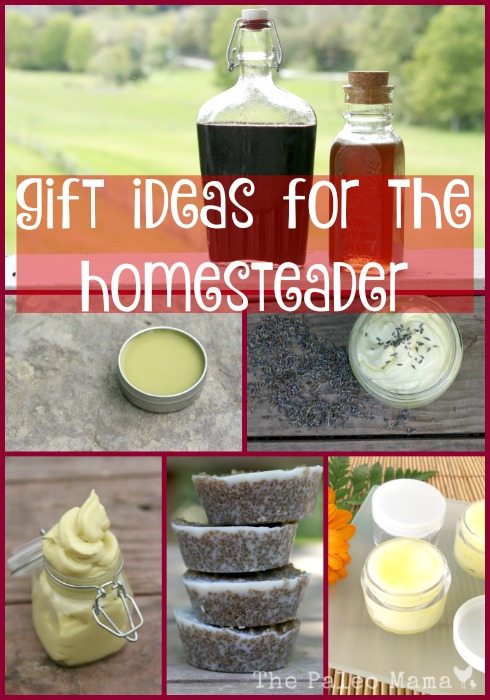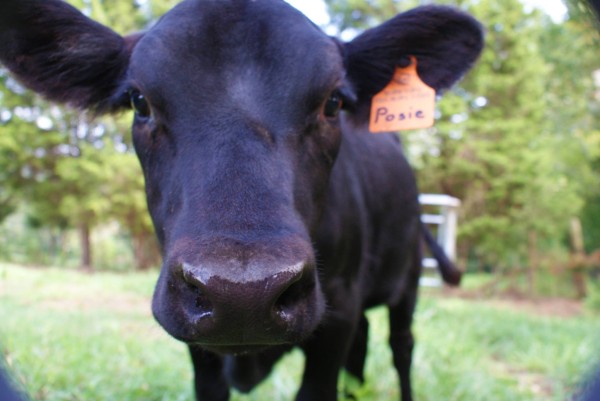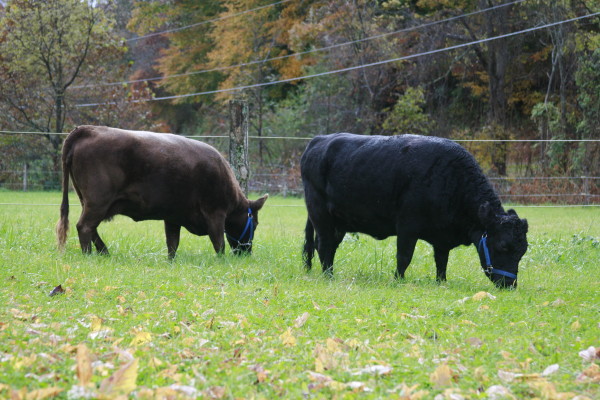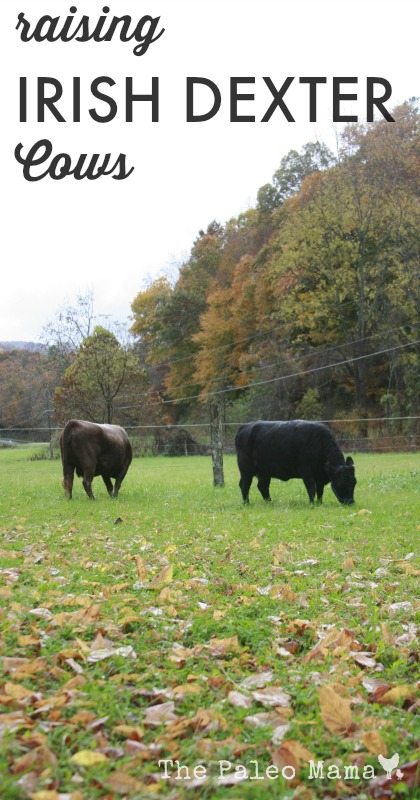We have a daily supply of both chicken eggs and duck eggs from our barnyard critters. We have several Silver Appleyard Heritage Breed ducks that lay lots of large white eggs for us. We also have lots of heritage breed chicken who happily free range around our barnyard and leave us dozens of multi-colored eggs daily. We love both, and are often asked what the difference is between the two. I want to give you a few facts about duck eggs vs chicken eggs in this blog post. Let me try to answer these questions in this blog:
- How do they compare nutritionally?
- What are the benefits of eating each type egg?
- How do they differ in taste?
- How do I use duck eggs in cooking?
How do they compare nutritionally?
Here is a simple chart that compares the eggs nutritionally:
| Facts | Chicken Eggs (Large) | Duck Eggs |
| Calories | 71 | 130 |
| Total Fat | 5 g. | 10 g. |
| Cholesterol | 211 mg. | 619 mg. |
| Sodium | 70 mg. | 102 mg. |
| Total Carbohydrates | 0 g. | 1 g. |
| Protein | 6 g. | 9 g. |
When it comes to comparing other nutrients like vitamins and minerals, the same rule applies to both eggs: it depends on what the bird eats. As a general rule, both chicken and duck eggs offer vitamin A, vitamin B-12, vitamins D and E, and selenium and iron. Duck eggs have more Omega 3 fatty acids, and are an alkaline-producing food. Chicken eggs are an acid food.
Ducks or chickens that are fed poultry food will not be as healthy, or provide as many nutrients, as those that are allowed to free range and forage things like algae, weeds, and grass. That is the main reason why I am totally confident in saying that barnyard duck and chicken eggs are so much healthier to eat than those you could get at your local supermarket.
What are the benefits of eating each type egg?
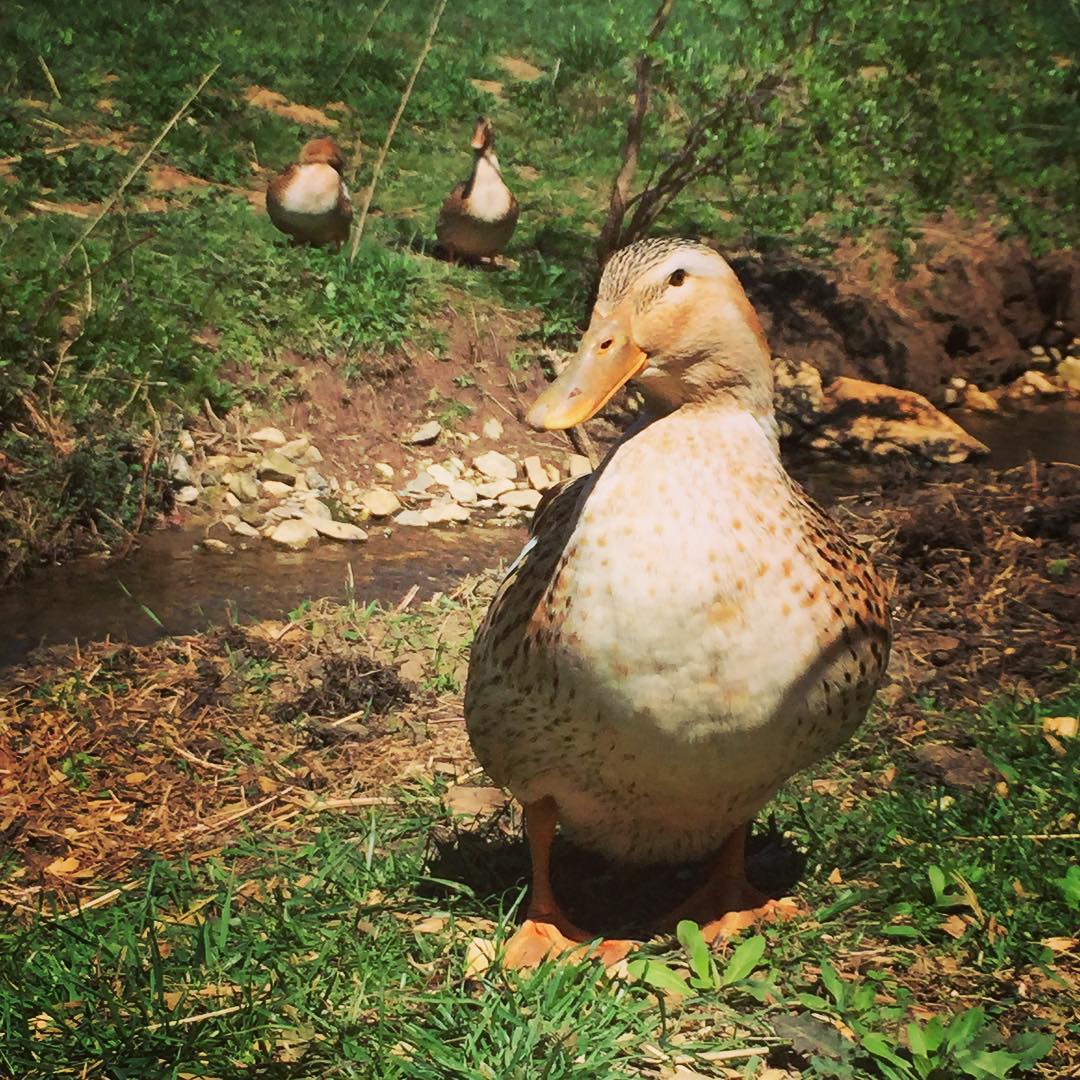
I want to give you some of the benefits of eating either duck or chicken eggs. Generally the benefits are similar, but there are some differences, which I’ll list. Because I am all about pastured poultry, the benefits I’m listing are related to pasture-raised poultry. For me, these benefits far outweigh any you can get from farm-raised, supermarket quality eggs. Here are some of the main benefits:
- Both duck and chicken eggs contain healthy Omega-3 fats. These fats contribute to heart health, normalize and regulate your cholesterol triglyceride levels, aid healthy brain function, and give support against autoimmune disorders, arthritis, and cancer.
- Pasture-raised poultry have significantly higher vitamin E content in their eggs. Vitamin E provides protection against toxins in the air, eye disorders, neurological diseases, and provide benefits for your skin and hair care.
- Both duck and chicken eggs provide protein with high biological value (HBV). They provide a complete range of amino acids, and are considered a “complete protein.”
- Because duck eggs generally have a thicker shell, they will stay fresher longer.
- People who cannot eat chicken eggs due to allergies can often eat duck eggs.
There are so many overall benefits to eating either duck or chicken eggs that I consider them an important part of my family’s daily menu plan. We love our barnyard critters for the beautiful, healthy eggs they continue to give us, and there are many times when we would choose to eat an egg over anything else.
How do duck eggs and chicken eggs differ in taste?

There really is not a lot of difference in the taste between a duck egg and a chicken egg. Duck eggs tend to be a bit more intense in taste than a chicken egg because of what a duck eats. They prefer to eat bugs, snails, slugs, and other high-protein critters over plant matter, and that diet impacts the flavor of their eggs.
How do I use duck eggs in cooking?
You can use duck eggs just the same as you use chicken eggs generally. But because there is a higher protein content in duck eggs, you need to be sure you are not overcooking them and turning them rubbery. Here are a few of my favorite ways to cook with duck eggs.
- Hardboiled duck eggs—Place your duck eggs in a pot, cover with cold water, and bring to a boil. As soon as the water boils, remove the pot from the heat and let it stand for 12 minutes. Drain the eggs and shake the pan vigorously to crack the shell, this lets them cool faster and prevent overcooking. Cover with cold water and ice and let them cool before you peel them.
- Fried duck eggs—I fry my duck eggs just like chicken eggs. They tend to stay more compact and thicker, so they take a bit longer to fry through.
- Baking with duck eggs—I love using duck eggs in cakes, pies, cookies, custards, and other baked items. The white of duck eggs have more protein and will whip up higher, giving you lighter, taller baked goods. If the duck eggs you are using are much larger than your normal chicken eggs, try using 2 duck eggs when a recipe calls for 3 chicken eggs.
Three Duck Egg Recipes
I want to give you three recipes for using duck eggs. If you just try out these recipes, I’m sure you will want to continue cooking with duck eggs whenever you can. Not only are they an excellent source of healthy nutrition, they are also so tasty!
1. Homemade Duck Egg Mayo—
If you think homemade mayo using chicken eggs is delicious, just wait until you taste this homemade mayo using duck eggs. There are many different methods for making homemade mayo, but the one I like best makes use of my immersion blender. I find it easier and faster, and the mayo thick and creamy when it’s done.
Ingredients: 1 large duck egg, juice of half a lemon (about 1 TBSP), about a half teaspoon of Dijon or whole-grain mustard, ½ tsp sea salt, and ¼ tsp. white pepper, 1 cup light olive oil (or perhaps ½ cup extra virgin olive oil and ½ cup avocado oil).
Directions: Put all the ingredients is a wide mouth Mason jar. Let the ingredients sit while the oils rise to the top. Put your immersion blender in the jar sitting firmly on the bottom. Without raising it, turn it on high so the mayo will begin to emulsify. Once it starts to look like real mayo (less than a minute) you can move the immersion blender up and down to mix in any oil not yet emulsified. Place your thick, delicious mayo in a covered jar and keep in the refrigerator. It will last about one week.
2. Duck Egg Crustless Quiche—
We love to use our homegrown veggies, raw milk and duck eggs in a delicious quiche. We serve these for just about any meal, and the recipe can vary depending on what garden veggies we have available at the time.
Basic Ingredients: 3-4 duck eggs, about 1 ½ cups raw goat or cow milk, about a cup of homemade goat milk mozzarella cheese, sea salt and pepper to taste. Optional ingredients: freshly harvested Kale, Spinach or Chard, diced freshly harvested tomatoes, green onions, Shitake mushrooms just picked, fresh herbs.
Directions: Preheat the oven to 400 degrees. Beat the eggs, beat in the milk and stir in the cheese and salt and pepper, Stir in any of your optional fillings. Lightly grease a casserole dish. Bake about 20-30 minutes, removing the quiche when it is firm in the middle and the edges are just starting to brown. Let it sit a few minutes while you set the table and call your family, then slide a knife around the edges, slice and serve.
3. Garden Veggie and Duck Egg Breakfast Muffins—
Here’s another really good way to use your garden veggies and duck eggs in a breakfast muffin. You can vary the veggies according to what you have freshly harvested.
Ingredients: 1 ½ cups garden veggies (zucchini, summer squash, eggplant, spinach, kale), 2 Shitake mushrooms, diced (other mushrooms are fine), about ⅓ cup fresh juice from your garden tomatoes (or sauce you have already made), 6 duck eggs, fresh herbs (basil, parsley, rosemary, etc.), sea salt to taste.
Directions: Preheat the oven to 350 degrees. Use 6 extra-large muffin cups (I like to use a silicone muffin pan). Fill the muffin cups about ⅓ full with a diced mixture of the veggies and mushrooms. Put a teaspoon of the tomato juice or sauce on top of the veggie mix. Crack a duck egg on top of each muffin cup. Season the egg with some dried herbs and sea salt. Bake for 15 minutes or until the whites are set and the yokes partially baked. Remove from oven and let sit a couple minutes. You can serve these warm or cold. Store your leftovers in a covered container in the fridge.
I know you are going to discover that duck eggs are an awesome treat…kind of a ramped-up version of chicken eggs. We love our duck eggs, and think you will too.
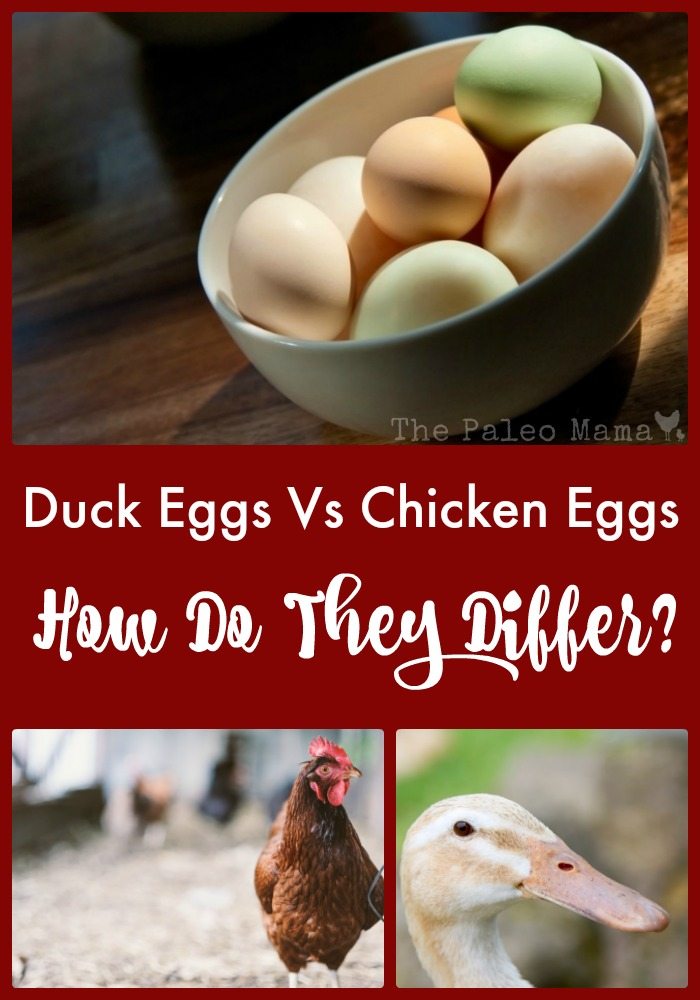
Sources
- https://countrysidenetwork.com/daily/poultry/eggs-meat/egg-facts-duck-eggs-vs-chicken-eggs/
- https://articles.mercola.com/omega-3.aspx
- https://modernfarmer.com/2015/06/everything-you-need-to-know-about-duck-eggs/
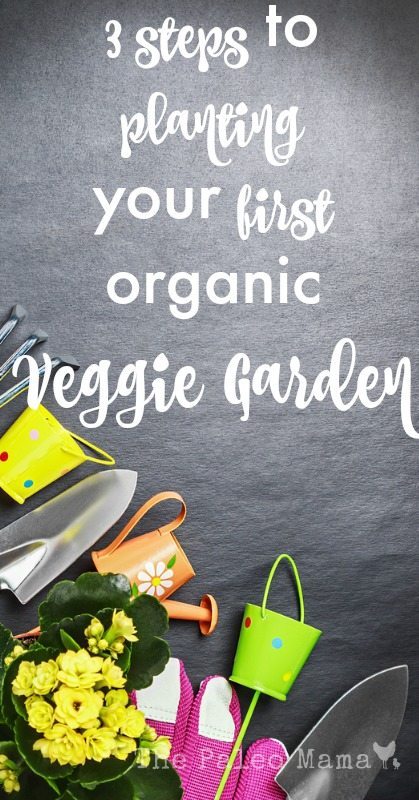
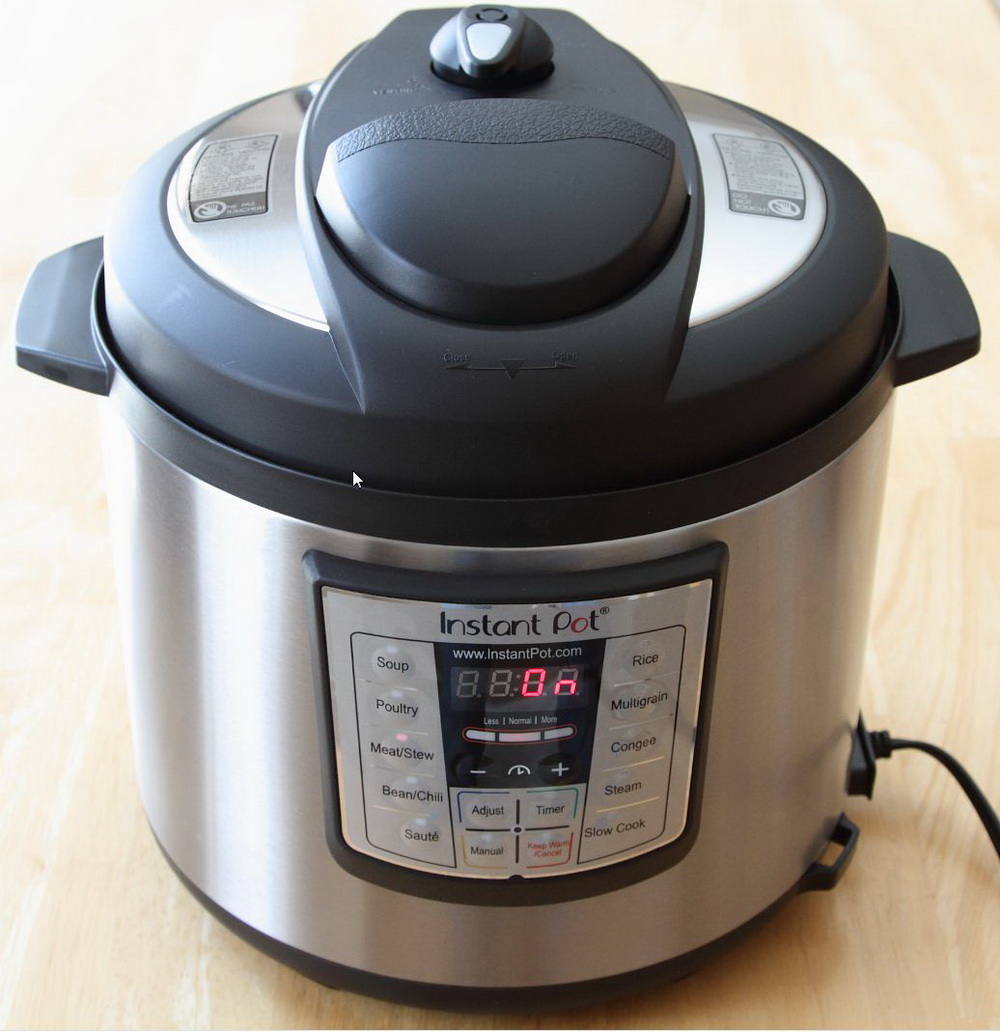
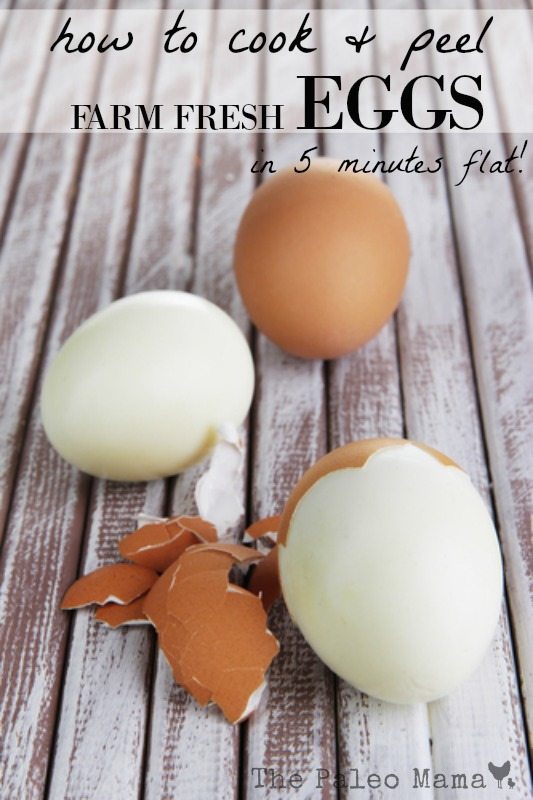

 I LOVE LOVE LOVE dōTERRA and would love to help you get started using
I LOVE LOVE LOVE dōTERRA and would love to help you get started using 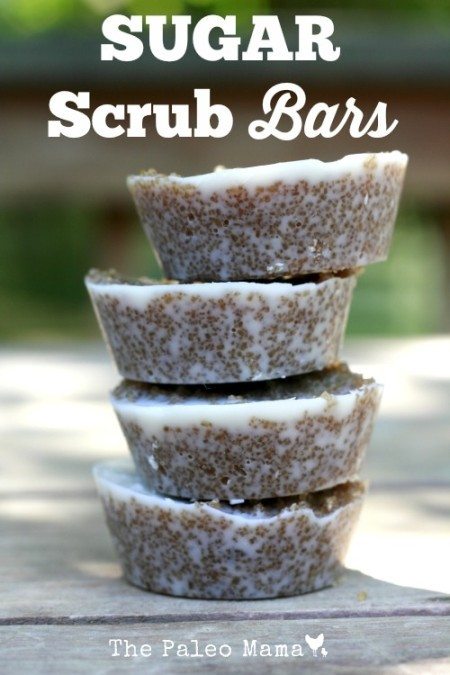

 Now we eat dinner at the table as family and then we slowly
Now we eat dinner at the table as family and then we slowly 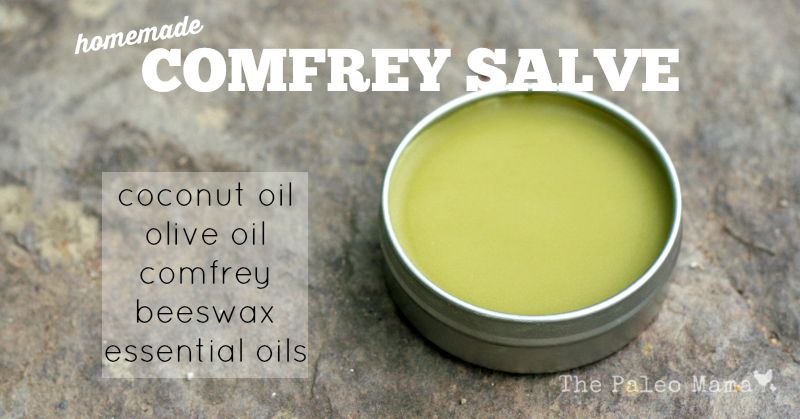
 Since I have made the switch to using wool dryer balls, instead of dryer sheets, my pocket-book is much happier, and so is my
Since I have made the switch to using wool dryer balls, instead of dryer sheets, my pocket-book is much happier, and so is my 